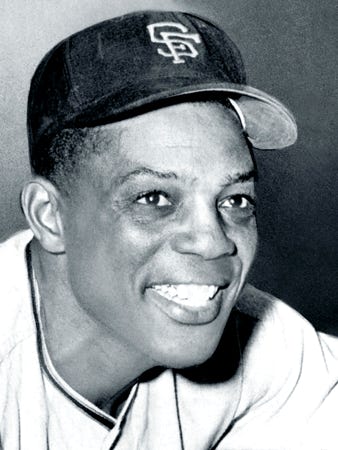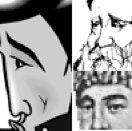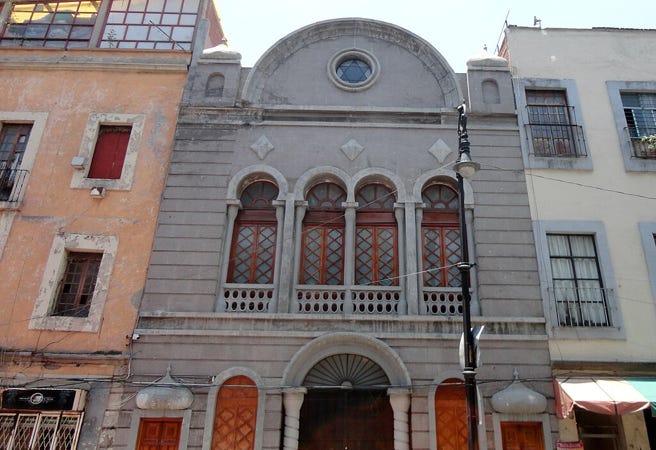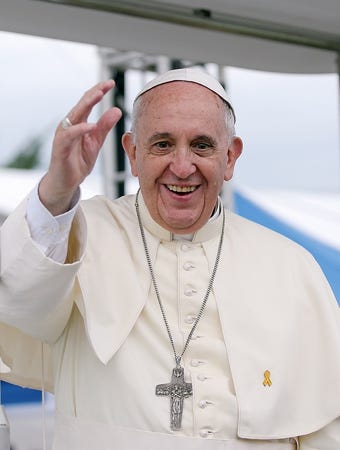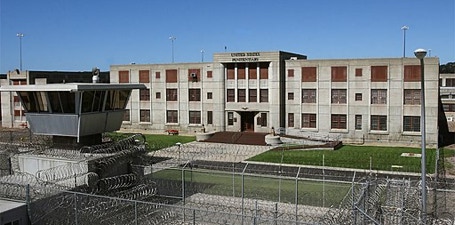06/24/2024
Willie Mays, the “Say Hey Kid,” died last week at the age of 93. Mays began his baseball career in the Negro Leagues before playing for the New York Giants, later becoming the San Francisco Giants, while finishing his career as a New York Met. He won multiple honors throughout his career, including Rookie of the Year, National League MVP (twice), Golden Gloves (12 times), and the Roberto Clemente award in 1971, which goes to the player who “best exemplifies the game of baseball, sportsmanship, community involvement, and the individual’s contribution to his team.” Mays hired banker Jacob Shemano, a Jewish immigrant from Russia, to help him get his finances in order at a point midway through his career when he found himself close to bankruptcy. Shemano refused to take payment, happy to work with the baseball great, and they became close friends, with Mays even visiting the Jewish Home for the Aged with Shemano. Their main point of contention was when Shemano’s wife served Willie Mays a bagel and lox, which Mays says he couldn’t swallow. While Mays did not pay Shemano for his services, what is one way that Mays returned the favor for Shemano’s work?
Willie Mays cropped by New York World-Telegram and the Sun staff photographer, William C. Greene is in the public domain, via Wikimedia Commons
A. Willie Mays won the National League MVP award in 1954 with the New York Giants, and in 1965 with the San Francisco Giants. The second time that Mays won the award, he gave his MVP plaque to Shemano, who proudly displayed it in his office at the Golden Gate National Bank.
B. Willie Mays attended the bar mitzvah of Gary Shemano, Jacob’s son, at San Francisco’s historic synagogue, Congregation Sherith Israel. Mays reluctantly agreed to Jacob Shemano’s request that Mays carry the Torah around the congregation at the beginning of the Torah reading (this was allowed at the Reform congregation at that time).
C. Willie Mays became a spokesman for the Golden Gate National Bank, which Shemano had founded. The ads featured Mays promoting the bank, and ending with the line “Golden Gate...The Grand Slam of Banking.”
D. Willie Mays became an annual donor to San Francisco’s Jewish Welfare Fund (which later became the Jewish Community Federation of San Francisco). In 1975, Shemano was honored by the JWF as Man of the Year, and Mays attended the dinner. Mays addressed the attendees and spoke of the values which Shemano modeled in his relationship with Mays.
E. Willie Mays helped Jacob Shemano’s sons impress the girls. When Gary and Ritchie Shemano would attend Giants games, Mays would get the names of their dates in advance and then toss a personalized signed baseball to the girls as he came out onto the field.
✡ ✡ ✡ ✡ ✡ ✡ ✡ ✡ ✡
